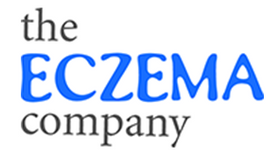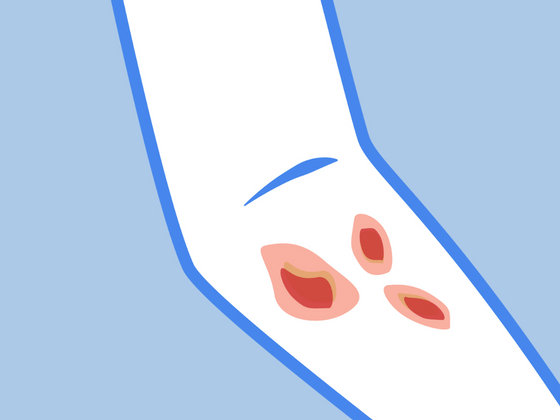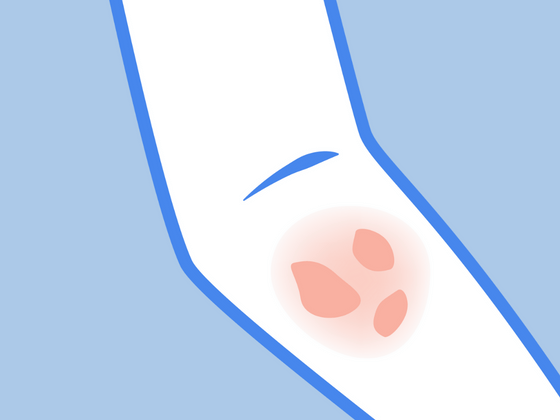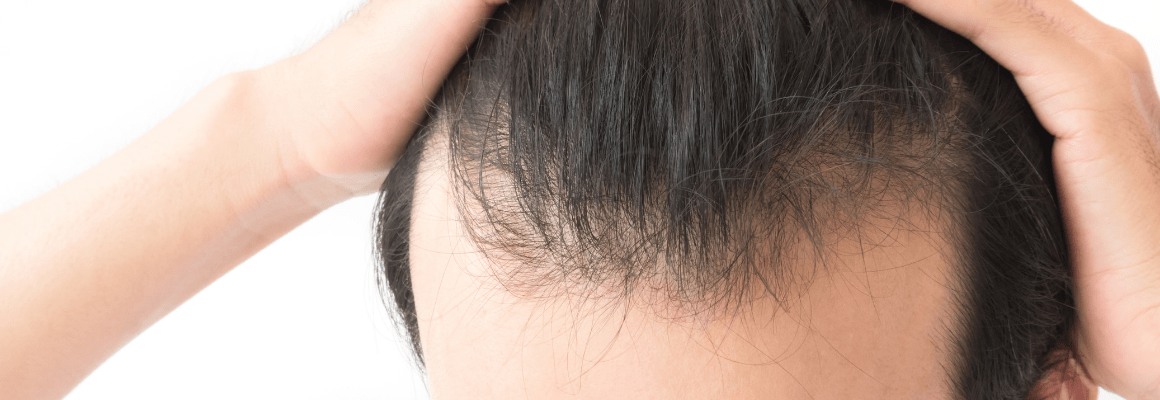As if dry, red, itchy skin wasn’t unpleasant enough, eczema can sometimes lead to the development of blisters that ooze or “weep” clear fluid. This entity, known colloquially as “weeping eczema,” is especially prone to infections. Bacteria such as Staphylococcus aureus can sneak into the cracks in the skin’s protective barrier and turn that clear fluid into infected pus.
Weeping skin occurs most frequently in colder, drier weather in the fall and winter, when skin tends to dry out for long periods of time. Although many people rely on conventional weeping eczema treatments such as topical corticosteroids and antibiotic ointments, there are complementary and alternative modalities that can augment these conventional treatments and soothe weeping skin.
Below are some alternative modalities that may help soothe weeping eczema. Please be sure to seek immediate medical attention if you have weeping eczema and signs of an infection including fever, lesions with blood or pus, chills and shivers, nausea, vomiting, or other serious eczema symptoms.Read on to learn how to treat weeping eczema.
1. Moisturize
The first weeping eczema treatment is to find a moisturizer with wound healing and bacteria fighting properties. Consider natural options like beef tallow cream, which has antimicrobial properties.
Organic Manuka Skin Soothing Cream
This dreamy creamy balm contains organic Manuka honey, one of the best naturally anti-bacterial ingredients. All honeys contain peroxide, but what makes manuka honey unique is its relatively high levels of the compound methylglyoxal. Methylglyoxal is an organic compound that is resistant to inactivation by catalase positive bacteria such as S. aureus, E.coli, Salmonella, and Pseudomonas aeruginosa. This makes it better suited for fighting common infections seen in eczema patients.

We do have an entire section of our store dedicated to this type of eczema, please see our weeping eczema treatments for a full list of topical skincare options.
2. Wrap the skin
Wet wrapping, an effective technique for weeping skin, is when you soak the skin in water via bathing, seal the skin with a moisturizer and put on dampened clothing for an extended period of time (several hours or overnight). Read more about wet wrapping. Some clothing made specifically for wet wrapping can make it much easier and less messy.
Keep in mind that although wet wrapping can provide quick relief, you must be careful not to create an infection. For this reason, dry wrapping is another alternative that can soothe weeping eczema. Dry wrapping can work really well if you use the right clothing, and it's a lot easier and less messy than wet wrapping.
Read more about dry wrapping.
Remedywear™, clothing for eczema
Remedywear makes garments specifically for dry wrapping and can be worn effectively for wet wrapping as well. The TENCEL and zinc fabric is soothing when worn alone and extra great when worn over your favorite moisturizer or one of our natural eczema cream options, as listed above.
Here are some great items from Remedywear:
Remedywear Eczema Sleeves

Remedywear Eczema Shirt
Remedywear Eczema Pants

Remedywear Socks For Eczema - Kids
Remedywear Socks for Eczema- Adults
Remedywear Fingerless Gloves for Eczema - Adults
Remedywear Gloves for Eczema - Adults
3. Eat anti-inflammatory foods
Adopting an anti-inflammatory diet helps the body reduce inflammation by supplying the body with naturally occurring phytonutrients found in fruits, vegetables, and other whole foods and by avoiding foods that cause inflammation like processed meats and refined carbohydrates. Additionally, using gentle detergent for sensitive skin can help prevent irritation from clothing and bedding. Additionally, using gentle detergent for sensitive skin can help prevent irritation from clothing and bedding.
Incorporating foods like leafy greens, seasonal vegetables, fish and berries will help provide the necessary nutrients and vitamins to keep the body’s immune system in check. In fact, you may find supplementing with a high quality fish oil and probiotic can be beneficial as well.
4. Sunlight and water
Just a little bit of sun can boost mood and kill bacteria on the skin, not to mention Vitamin D can be a powerful tool in fighting eczema. If you live in a climate that doesn't get much sun or only does on a seasonal basis, speak with your physician about possibly adding a vitamin D supplement to your diet.
You should also increase water intake, because well-hydrated skin is less prone to cracking and infection. A general rule is to consume 2 liters of water every single day. One good trick is to start your day with 2 full glasses of water 30 minutes before breakfast. This will re-hydrate your body from sleeping overnight AND get you on the right track for your day's total water consumption.
If you are concerned specifically about hand eczema, then check out How to Treat Eczema on Hands.
Resources
https://www.vitamindcouncil.org/health-conditions/...
https://nationaleczema.org/defending-disease-anti-...
https://www.nhs.uk/conditions/discoid-eczema/treat...
------------------

Author
Bio: Laura is a contributor and content developer for The Eczema Company. She is in no way a medical professional. Her comments, suggestions, and reflections are not intended to replace any medical advice. Always seek the help of a medical professional before undertaking any diet or lifestyle changes.

Bio: Dr. Joanna "Asia" Jaros is a current Dermatology resident at Cook County Hospitals and Health System (CCHHS). Dr. Jaros is committed to providing compassionate, equitable, and evidence-based care for all of her patients. Her special research interests include eczema, chronic urticaria, and diet and lifestyle modifications in dermatology.















